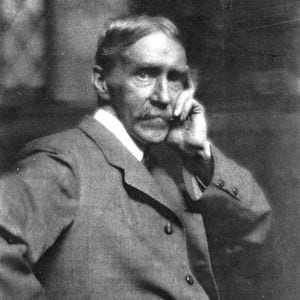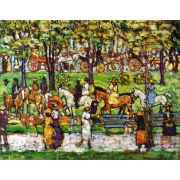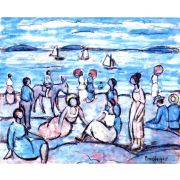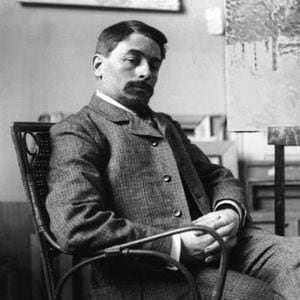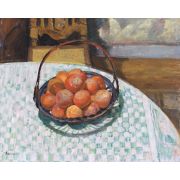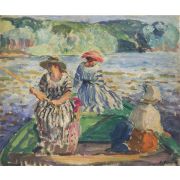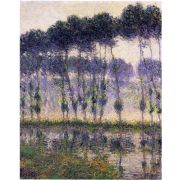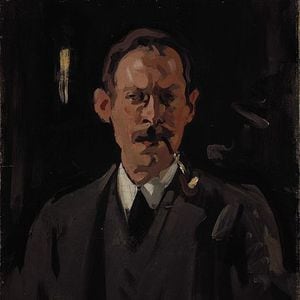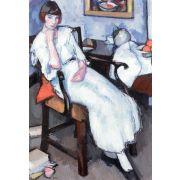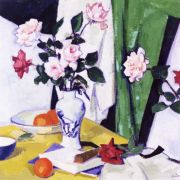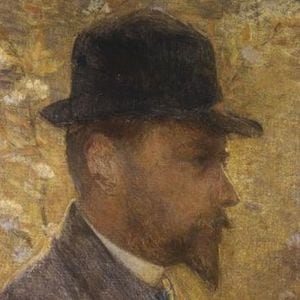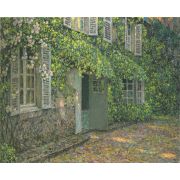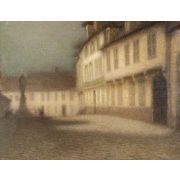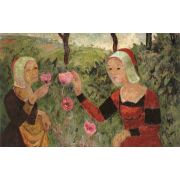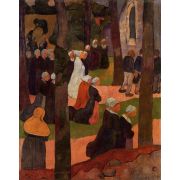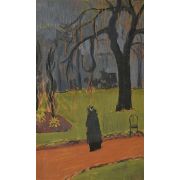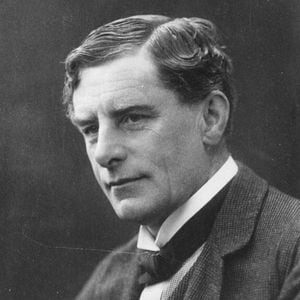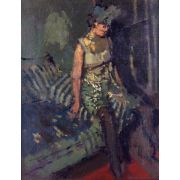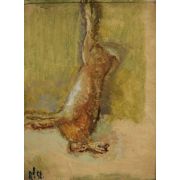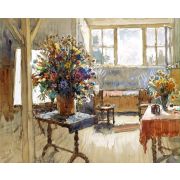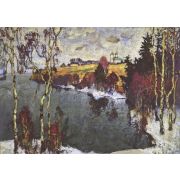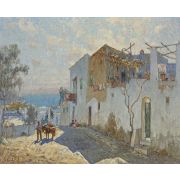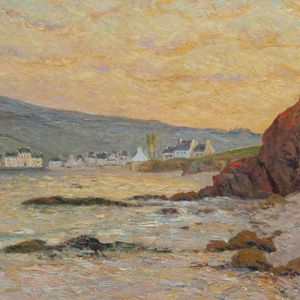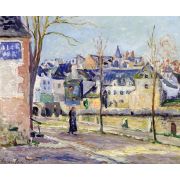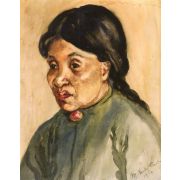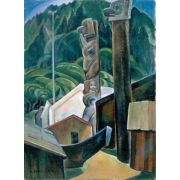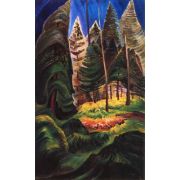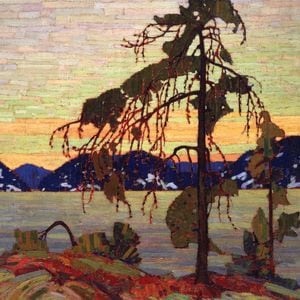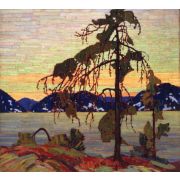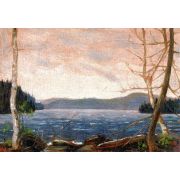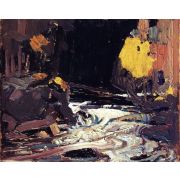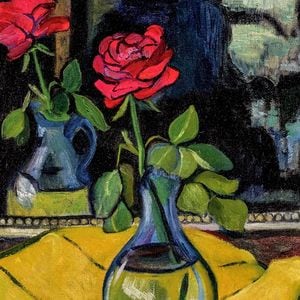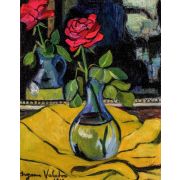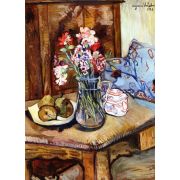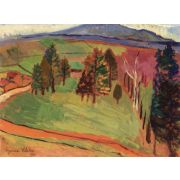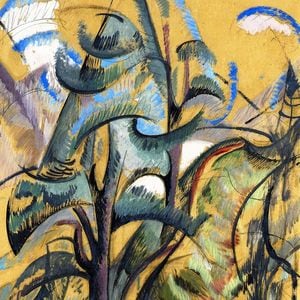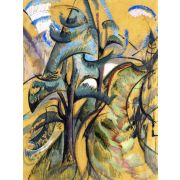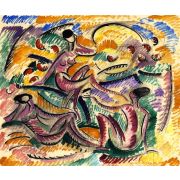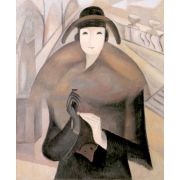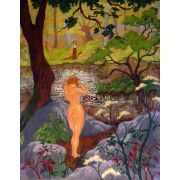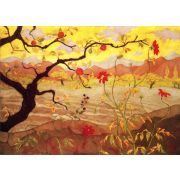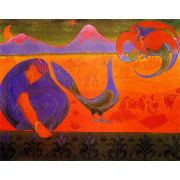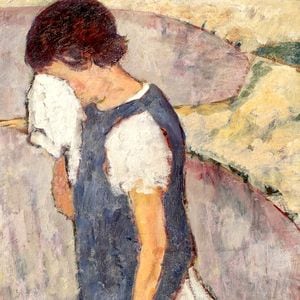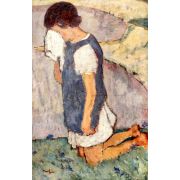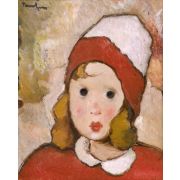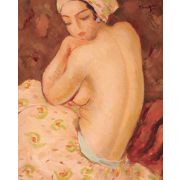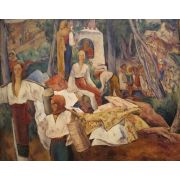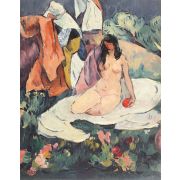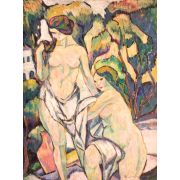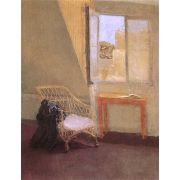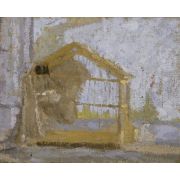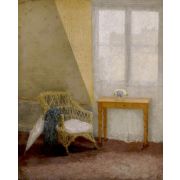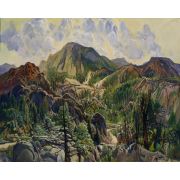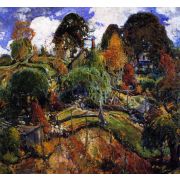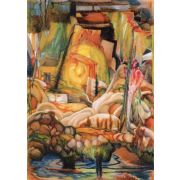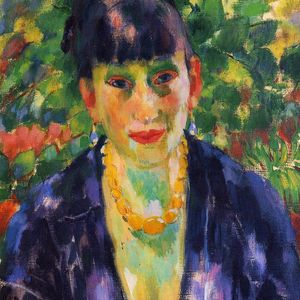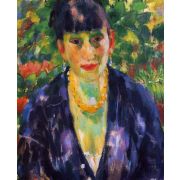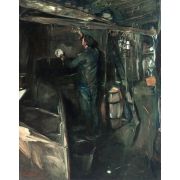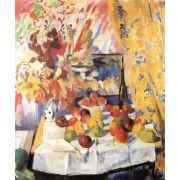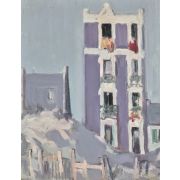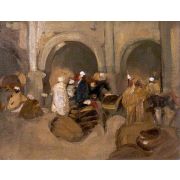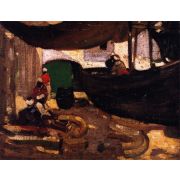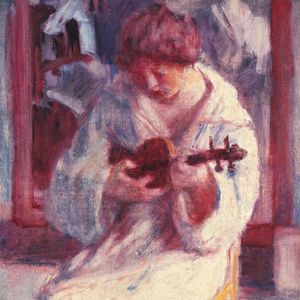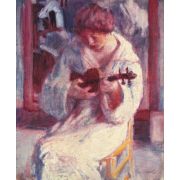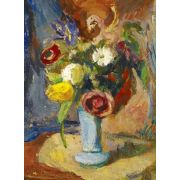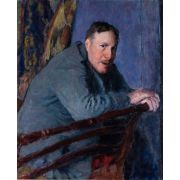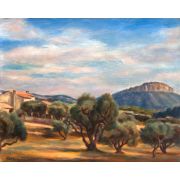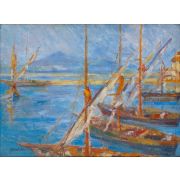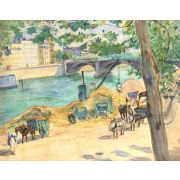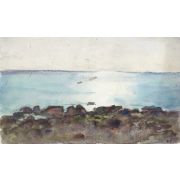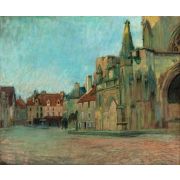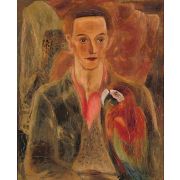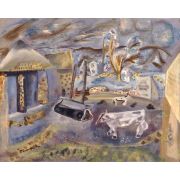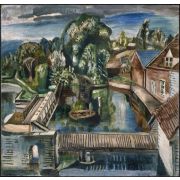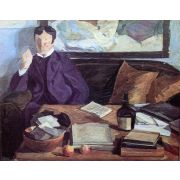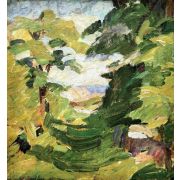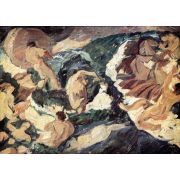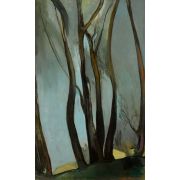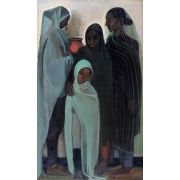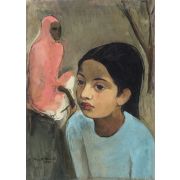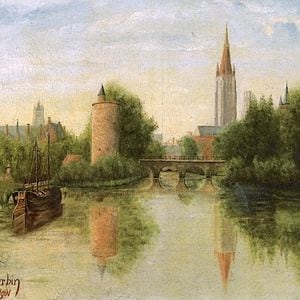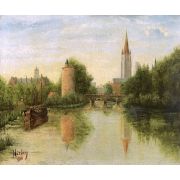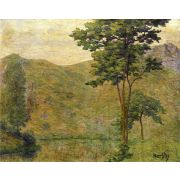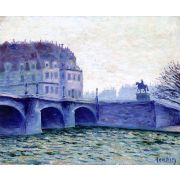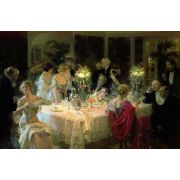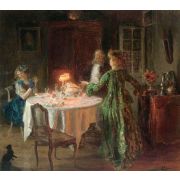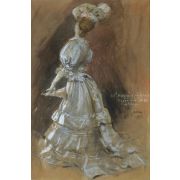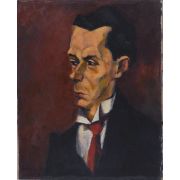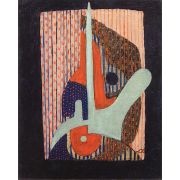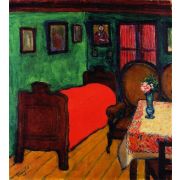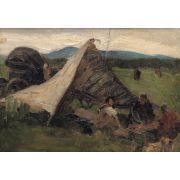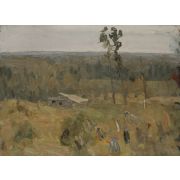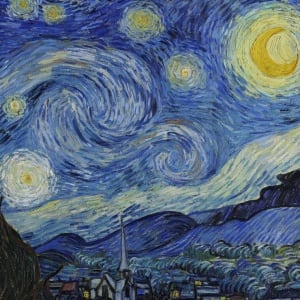
Post-Impressionism
Post-Impressionism
1 to 30 out of 31 artists
Maurice Prendergast
1858 -1924, Canadian / Post-Impressionism , Ashcan School , and American Modernism, 470 works
Henri Lebasque
1865 -1937, French / Post-Impressionism, 855 works
Gustave Loiseau
1865 -1935, French / Post-Impressionism, 755 works
Samuel John Peploe
1871 -1935, Scottish / Scottish Colourists and Post-Impressionism, 437 works
Henri Le Sidaner
1862 -1939, French / Symbolism and Post-Impressionism, 419 works
Paul Sérusier
1864 -1927, French / Post-Impressionism, 304 works
Walter Richard Sickert
1860 -1942, German / Impressionism and Post-Impressionism, 259 works
Konstantin Gorbatov
1876 -1945, Russian / Post-Impressionism, 246 works
Maxime Maufra
1861 -1918, French / Impressionism and Post-Impressionism, 231 works
Emily Carr
1871 -1945, Canadian, Female Artist / Modernism and Post-Impressionism, 215 works
Tom Thomson
1877 -1917, Canadian / Art Nouveau and Post-Impressionism, 187 works
Suzanne Valadon
1865 -1938, French, Female Artist / Post-Impressionism, 142 works
Alice Bailly
1872 -1938, Swiss, Female Artist / Post-Impressionism , Dada , and Cubism, 124 works
Paul Ranson
1864 -1909, French / Art Nouveau , Symbolism , and Post-Impressionism, 94 works
Nicolae Tonitza
1886 -1940, Romanian / Expressionism and Post-Impressionism, 84 works
Ion Theodorescu-Sion
1882 -1939, Romanian / Post-Impressionism, 65 works
Gwen John
1876 -1939, Welsh, Female Artist / Post-Impressionism, 61 works
Charles Reiffel
1862 -1942, American / Post-Impressionism, 59 works
Rik Wouters
1882 -1916, Belgian / Post-Impressionism, 47 works
John Duncan Fergusson
1874 -1961, Scottish / Post-Impressionism and Scottish Colourists, 45 works
Roderic O'Conor
1860 -1940, Irish / Impressionism and Post-Impressionism, 44 works
Jozef Pankiewicz
1866 -1940, Polish / Impressionism , Realism , and Post-Impressionism, 35 works
Raoul Dufy
1877 -1953, French / Cubism , Fauvism , and Post-Impressionism, 25 works
Frances Hodgkins
1869 -1947, New Zealander, Female Artist / Post-Impressionism and Expressionism, 18 works
Edvard Weie
1879 -1943, Danish / Post-Impressionism, 12 works
Amrita Sher-Gil
1913 -1941, Indian, Female Artist / Post-Impressionism, 10 works
Auguste Herbin
1882 -1960, French / Cubism , Abstract Art , and Post-Impressionism, 8 works
Jules-Alexandre Grun
1868 -1934, French / Post-Impressionism, 8 works
Lajos Tihanyi
1885 -1938, Hungarian / Cubism and Post-Impressionism, 5 works
Pyotr Konchalovsky
1876 -1956, Russian / Post-Impressionism, 2 works
1 to 30 out of 31 artists
Post-Impressionism also spelled Postimpressionism, is a French art movement that started around the time of the last Impressionist show and ended around the time Fauvism began. Post-Impressionism responded to the Impressionists' desire to show light and color realistically. Post-Impressionism includes the work of some later Impressionists and Neo-Impressionism, Symbolism, Cloisonnism, Pont-Aven School, and Synthetism. This is because Post-Impressionism has a broad focus on abstract or symbolic content. Paul Cézanne, known as the "father of Post-impressionism," Paul Gauguin, Vincent van Gogh, and Georges Seurat led the movement.
Roger Fry, an art critic, was the first person to use the term "Post-Impressionism" in 1906. In Art News on October 15, 1910, critic Frank Rutter wrote about the Salon d'Automne and called Othon Friesz a "post-impressionist leader." There was also an ad for the show The Post-Impressionists of France. Three weeks later, Roger Fry used the term again when he created an art show called "Manet and the Post-Impressionists" in 1910. He called it the "development of French art since Manet," and it was about the artists who came after Manet.
Post-Impressionists built on Impressionism while rejecting its limits. They kept using bright colors, often thick layers of paint, and real-life subjects, but they were more likely to focus on geometric forms, distort form for expressive effect, and use colors that didn't make sense or were made up on the spot.
The Post-Impressionists were unhappy with what they saw as the banality of Impressionist paintings and the loss of structure. However, they disagreed on how to move forward. Pointillism was something that Georges Seurat and his followers were interested in. This was the systematic use of tiny dots of color. Paul Cézanne wanted to bring order and structure back to painting. He said he wanted to "make Impressionism something solid and long-lasting, like the art in museums." He did this by stripping things down to their most basic shapes, but he kept the rich colors of Impressionism. Between the mid-1880s and the early 1890s, the Impressionist Camille Pissarro tried out Neo-Impressionist ideas. He was unhappy with what he called "romantic Impressionism," so he looked into Pointillism, which he called "scientific Impressionism." In the last ten years of his life, he returned to a more pure form of Impressionism. Vincent van Gogh used bright colors and swirling brushstrokes to show how he felt and what he was thinking.
Even though Post-Impressionist artists often showed up together, they disagreed on a single movement. Yet, in the work of all of these artists, the abstract ideas of harmony and structural arrangement were more important than realism. Artists used color and composition like Seurat in a very scientific way.
Younger painters at the start of the 20th century moved away from Post-Impressionism and worked in different parts of the world and styles, like Fauvism and Cubism.
Roger Fry used the term in 1906 and again in 1910 for the title of an exhibition of modern French painters he put together for the Grafton Galleries in London. It was called "Manet and the Post-Impressionists." Frank Rutter, an art critic, first used the term "post-impressionist" in a review of the Salon d'Automne in Art News on October 15, 1910. He called Othon Friesz a "post-impressionist leader," The journal also ran an ad for the show The Post-Impressionists of France.
